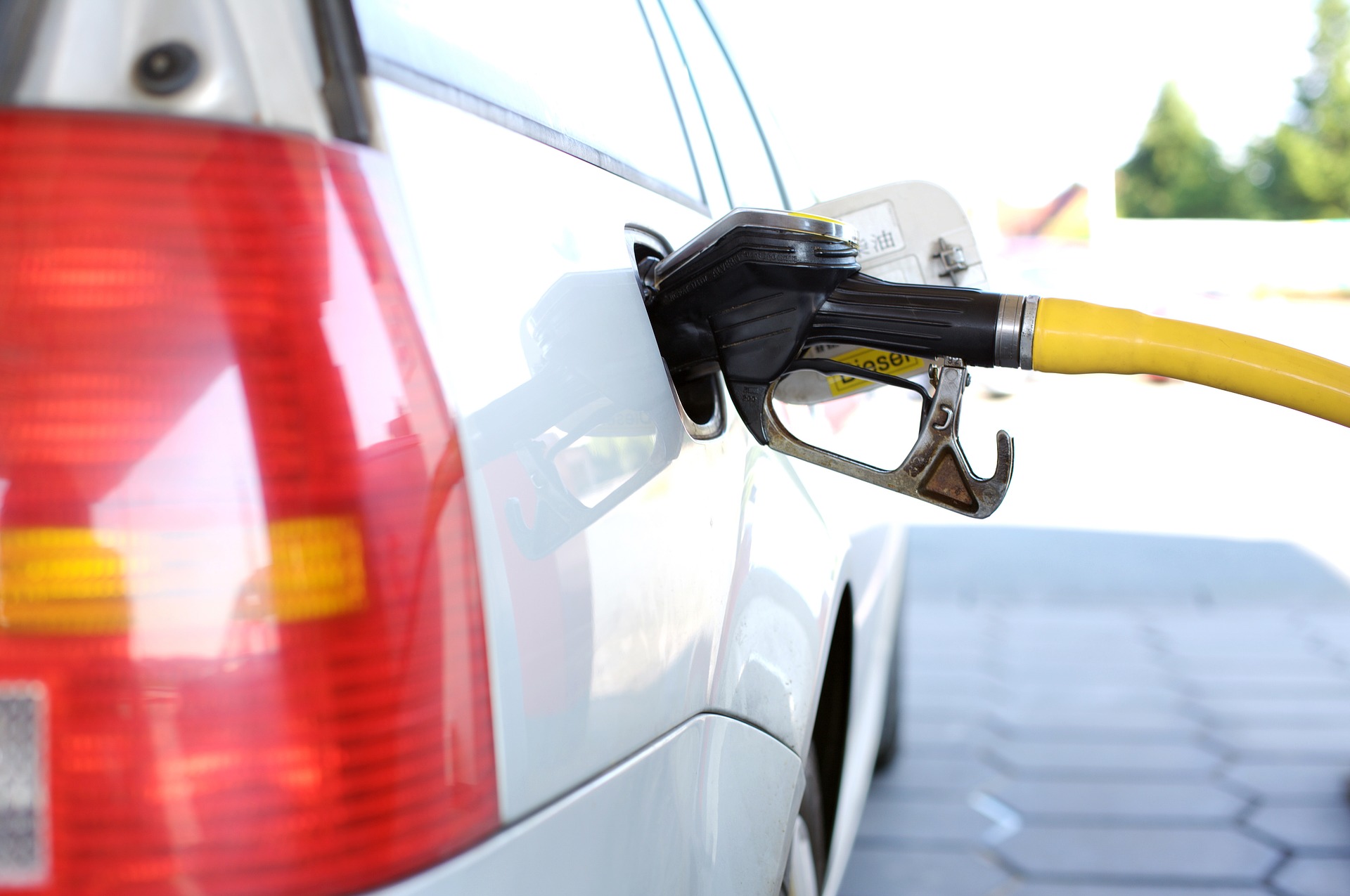
In one of our previous blog articles we already discussed the importance of vehicle maintenance for both drivers’ and other road users’ safety, and some of the problems, especially the costs, that your company might incur during vehicle downtime. We looked at how this can be minimised by running regular checks and scheduling the appropriate servicing.
A good first step in setting up an appropriate maintenance routine would be the implementation of a daily walk-around check on the vehicle by the driver who intends to use it.
Drivers should be able to identify vehicle defects in order to flag problems, or fix them, before getting on the road. It is very important they make sure the vehicle they are going to operate is in roadworthy condition before setting off.
The daily walk-around check should be performed by drivers on their vehicles before starting their first journey of the day, even if the vehicle has been checked and used previously on that same day. Every person checking the vehicle must be sure, after the check, that the vehicle can operate safely and reliably.
Daily walk-around checks do not necessarily have to take long; it basically depends on the type of vehicle, for instance, a petrol tanker is likely to require more thorough checks than a small delivery van doing short trips—but they all still have to be performed properly. These scheduled checks actually help save costs and minimise the chance of committing a road traffic offence, and, of course, they are vital to maintaining safety standards.
All drivers should in fact be trained enough to perform an effective check in order to know exactly what kind of defects to look out for, they should have a checklist appropriate for the vehicle they are operating on, and be able to report any fault according to an administrative procedure.
These practices might take some time to get the hang of, but will soon become part of a slick routine, making for an effective maintenance system. With the help of operators, and with mutual support and team work, you should be able to build up an effective protocol for reporting and fixing defects.
We hope you found this article useful, and have prepared a FREE checklist for your drivers’ daily walk-around check.
Let us know what you think, and don’t hesitate to download it, print it and use it as an aid to managing your fleet.





